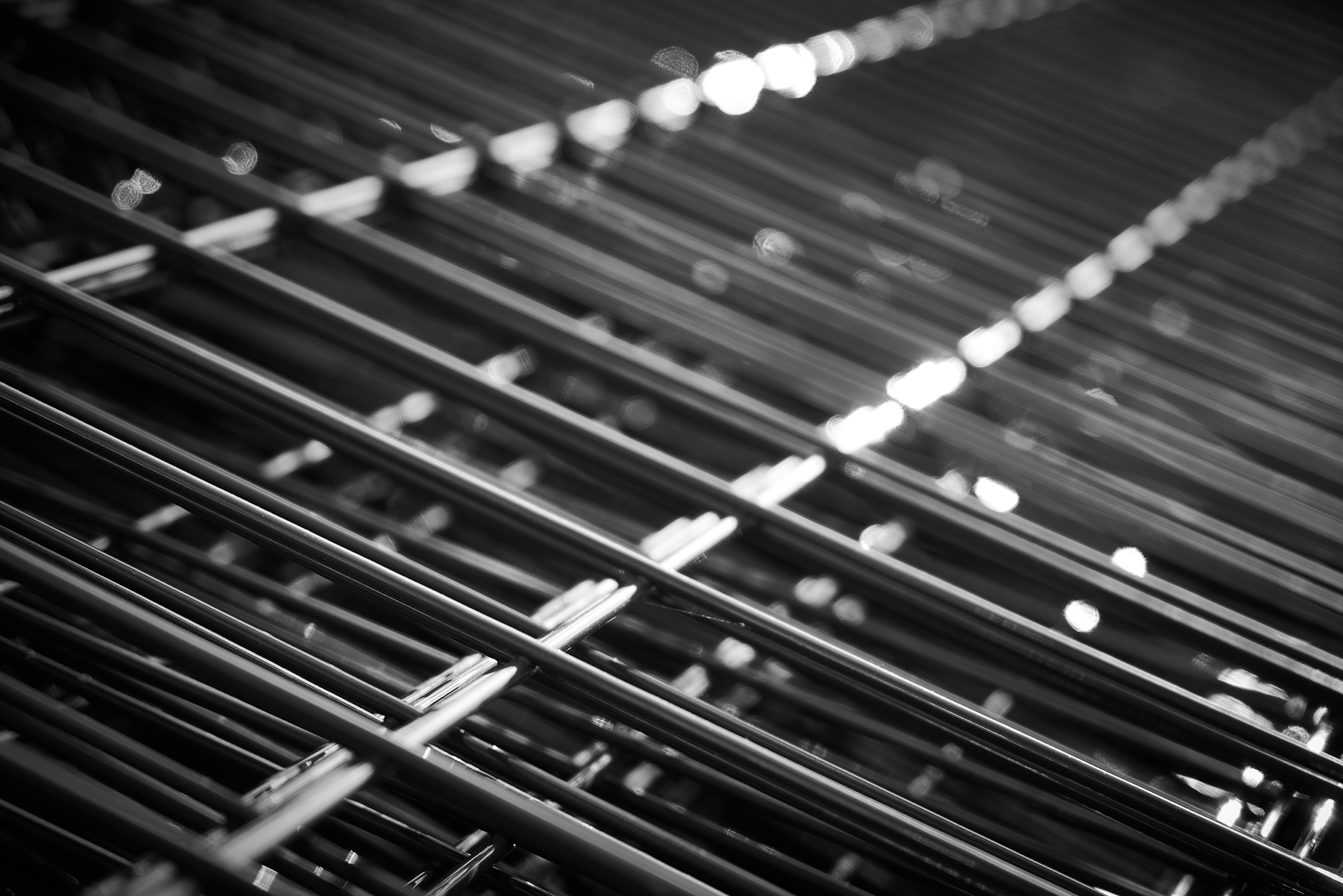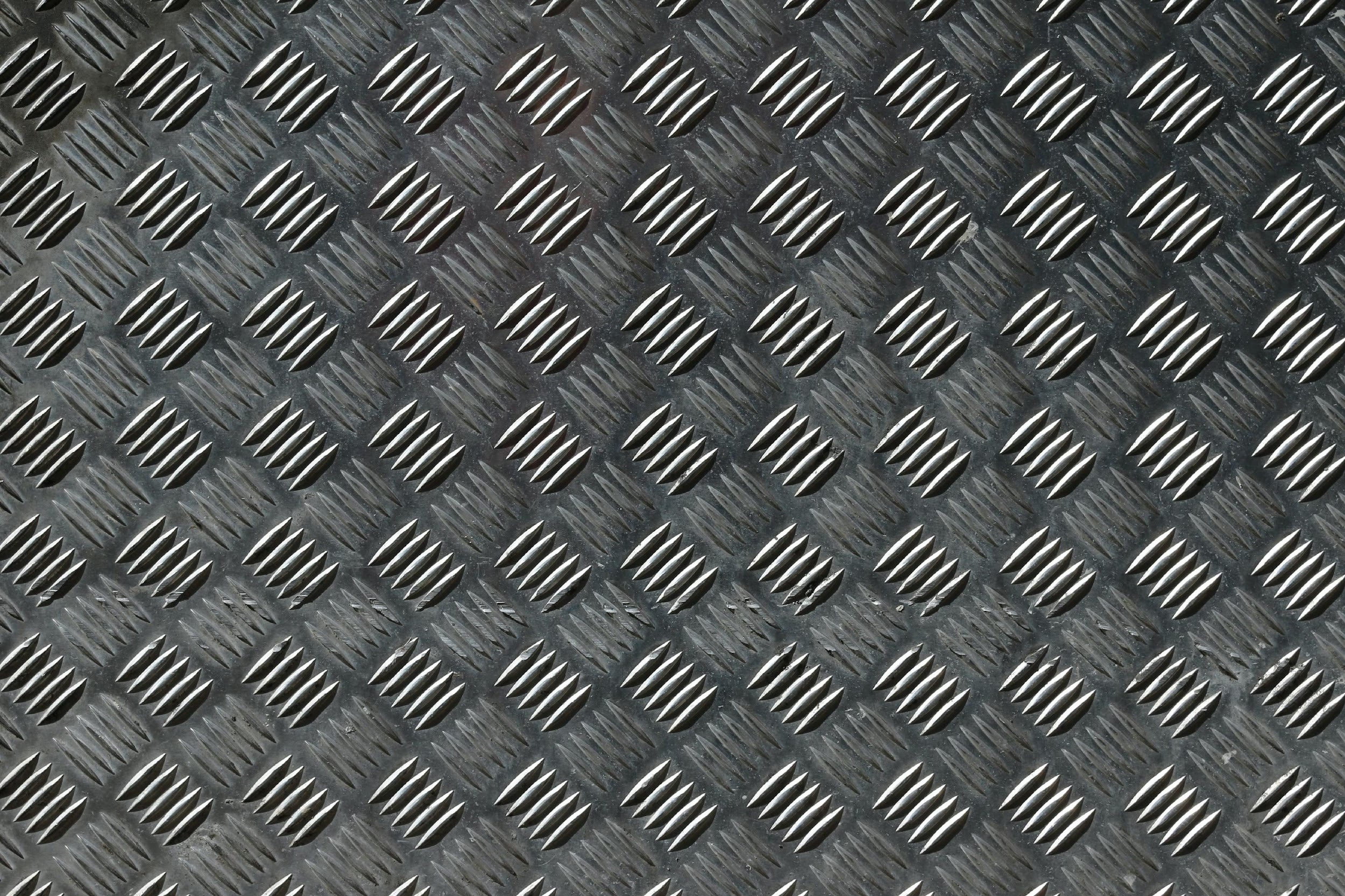The industrial revolution was fueled by metals and manufacturing process advancements. This resulted in the exponential expansion of human civilization, leading us to our current state. Today, many sorts of metals are ubiquitous. From the computer you're using to read this information to the
clamps. More than eighty distinct kinds of metals find application today.
Metal companies in the UAE can help you in various ways, from providing high-quality metal products to offering additional services such as fabrication and cutting. Our
has a list of top metal companies in the UAE that can provide you with the products and services you need to complete your project successfully.
The Metal dealers on our list offer a wide range of products, including sheets, plates, bars, tubes, and more. Whether you need metal for
, manufacturing, or any other industry, you will find a Metal supplier that can meet your needs.
In addition to providing high-quality products, many of the metal companies in the UAE on our list also offer additional services such as custom fabrication and cutting, as well as delivery and installation. This can save you time and money by eliminating the need to hire separate
for these services.
Overall, our website is an excellent resource for finding top metal companies in the UAE and metal store. We make it easy for you to find the right supplier for your needs, so you can focus on your business and leave the sourcing to us. With our list of top Metal supplier, you can rest assured that you are getting high-quality products and services at competitive prices.
A huge number of metals are accessible in nature. They may be categorized in a number of ways, depending on the trait or quality used as a standard.
The most prevalent method of classification is based on their iron content. When a metal includes iron, it is known as a ferrous metal product. The iron lends magnetic qualities to the material and also makes them prone to corrosion. Non-ferrous metals are those that do not contain any iron. These metals do not exhibit any magnetic characteristics. Not restricted to, examples include aluminum, lead,
.
Classification according to Atomic Structure
They may also be categorized based on their atomic structure according to the periodic table. A metal may be classified as alkaline, alkaline earth, or a transition metal after it has been purified. When interacting with other
elements, metal products belonging to the same group respond similarly. Thus, their chemical characteristics are comparable.
Non-magnetic and Magnetic Metals
The interaction of metals with magnets is another method for distinguishing them. On this basis, metal product may be classified as magnetic or nonmagnetic.
While ferromagnetic metals exhibit strong interactions with magnets, paramagnetic metals exhibit very mild interactions. Finally, there is a category of metals known as diamagnetic metals that exhibit a relatively mild magnetic repulsion.
The properties of iron and its alloys
All metals have a number of comparable mechanical characteristics. However, when their qualities are compared carefully, one metal product will have a minor advantage over another. It is possible When picking a metal for a certain application, there are a number of elements to consider in order to discover the most appropriate alternative. to alter the characteristics of
alloys created by combining pure components.
These variables include melting point, cost, simplicity of machining, adequate safety factor, accessible space, temperature coefficient, thermal and electrical conductivity, and density, among others. Let's have a look at some of the most often used metals and the reasons for their selection.
Iron
It is not a stretch to say that iron is the lifeblood of our civilization. Iron comprises around 5% of the Earth's crust. Therefore, it is an extremely simple metal product to locate. However, pure iron is an unstable element. Iron interacts immediately with the oxygen in the air to generate iron oxide.

A blast furnace is used to extract iron from its ores. Pig iron is produced in the initial stage of the blast furnace and may be refined further to produce pure iron. This iron is often used to create metals and other alloys. Approximately 90% of fabricated metal product are
ferrous metals.
For instance, metal is a ferrous metal with several uses. Without understanding about metal, we cannot understand the entire potential of iron.
Steel
Pure iron is stronger than other metal product, yet it lacks several desirable qualities. First, pure iron is not corrosion resistant. To prevent iron from corroding, a great deal of money and effort is required. It is also quite heavy owing to its tremendous density. These drawbacks might make it more difficult to construct and maintain buildings.

The addition of carbon to iron mitigates these shortcomings to some degree. This blend of iron and carbon, under certain parameters, is referred to as
carbon steel. The addition of carbon to iron increases its strength and imparts other beneficial properties.
Trace quantities of other elements may be introduced to include their characteristics. Let's examine how to classify steel and what it's capable of
What are the Types of Steel and Their Applications?
Steel is a popular construction material due to its superior characteristics. There are now around 3500 grades of steel available. It has a high strength-to-weight ratio and a high tensile strength. This indicates that steel has more strength per unit of mass. This permits the use of tiny, but sturdy, steel parts and components.
Steel is also very resilient. This indicates that steel structures are more durable and resistant to external forces than other materials. Additionally, it is ductile and can be formed into desired shapes without sacrificing its characteristics. On the basis of its iron content, steel is divided into three kinds.
AISI Carbon Steel Classification
Low carbon steel. Low carbon steel, often known as mild steel, has up to 0.25 percent carbon in iron. It is used for tubing in applications with moderate pressure. Construction I-beams and reinforcing bars are often made of low carbon steel. It is excellent for any application that requires a large quantity of steel without extensive bending or shaping. An example is the hull of a ship.
Medium carbon steel. Includes 0.25 to 0.6% carbon. Applications for medium carbon steel include those requiring high tensile strength and ductility. They are used in gears and shafts, railroad wheels and rails, steel beams in buildings and bridges, and other applications. Another use is
pressure vessels, especially when cold gases or liquids are present due to its susceptibility to cold cracking.
High carbon steel. High carbon steel refers to steel containing more than 0.6% carbon. This steel is the hardest and most brittle of the three. It is used to make chisels and other cutting tools. Excellent attributes include material hardness and resistance to wear. It may also be used in presses and the production of drill bits.
All of the above-mentioned steels are typically referred to as carbon steels, although they also include additional elements to increase certain qualities. As chrome for corrosion resistance or manganese for enhanced hardenability and tensile strength.
Alloy steels
Multiple elements are included in this kind of metal to improve its qualities. Different quantities of manganese, titanium, copper, nickel, silicon, and aluminum may be added.
This enhances the hardenability, weld ability, corrosion resistance, ductility, and formability of the steel.
Electric motors,
bearings,
heating elements, springs, gears, and pipes are
alloy steel applications.
- Stainless steel: There is a lot of chromium in stainless steel. This is why it has 200 times more corrosion resistance than mild steel. This makes it a prime contender for the production of cooking utensils, plumbing, surgical and dental equipment. Also, because no coating is required, the desired metallic appearance may be achieved with the appropriate surface finish.
- Tool steel: Tool steels are used to make cutting and drilling tools. They are an excellent option for these applications due to their great hardness. As component metal product, they include molybdenum, vanadium, cobalt, and tungsten.
Tool steel is a kind of metal used in the production of rails, wires, pipes, shafts, and
valves. Automotive, shipbuilding, construction, and
packaging industries are the primary users of tool steel.
Different types of metal
In addition to ferrous metals, we also carry a vast assortment of non-ferrous metal product. Each has characteristics that make them helpful in many businesses.

Aluminum
Bauxite is the primary source of aluminum. It is lightweight, durable, and practical. It is the most common metal on the
planet, and its uses are ubiquitous.
Due to its durability, low weight, corrosion resistance (read more about the varieties of aluminum corrosion here), electrical conductivity, and ability to make alloys with the majority of metals, aluminum is widely used. Additionally, it does not magnetize and is machine able.
Copper
Copper and its alloys cannot be forgotten while discussing the numerous kinds of metals. It has a lengthy history due to its ease of formation. Even now, it is a crucial copper metal in the industrial sector. It does not exist in its purest form in nature. Therefore, smelting and extraction from ore are required.
Metals are excellent conductors, with copper metal standing out among the others. Due to its high electrical conductivity, it is used as a conductor in electrical circuits. Its conductivity is only surpassed by silver. Additionally, it has good heat conductivity. Because of this, many cooking utensils are made of copper.
Brass
Brass is an alloy of zinc and copper. Depending on the metal's desired electrical and mechanical qualities, the proportion of each metal product may vary. In addition, it includes trace levels of metals such as aluminum, lead, and manganese. Brass is an excellent material for low-friction applications such as
locks, bearings, plumbing,
musical instruments, instruments, and fittings. In order to avoid sparks and enable use in combustible situations, it is essential in fundamentally safe applications.
Bronze
Bronze is also a copper alloy. In place of zinc, however, bronze includes tin. Phosphorus, manganese, silicon, and aluminum may be added to increase its characteristics and applicability for a certain purpose. Bronze is brittle, tough, and fatigue-resistant. In addition, it is electrically and thermally conductive and resistant to corrosion. Bronze is used in the production of mirrors and reflectors. This material is used for electrical connections. Due to its resistance to corrosion, it is used in submerged components and ship fittings.

Titanium
Titanium is an essential metal for engineering owing to its high strength and low weight. In addition, it is thermally stable up to temperatures of 480 degrees Celsius. Because of these characteristics, it has applications in the aircraft sector. The usage of this metal product in military equipment is one example of its use. Titanium is also used in medicinal applications because to its corrosion resistance. Additionally, the chemical and sports goods industries use titanium.
Zinc
Zinc is a common metal that has several applications in the medical and industrial fields. Its main function is to galvanize steel. This prevents corrosion of the steel. Additionally, zinc is utilized to produce die castings for the electrical,
hardware, and car industries. Due to its low electrochemical potential, zinc is used in maritime applications to prevent the corrosion of other metal product by means of cathodic protection. Zinc anodes may safeguard valves, pipelines, and
storage tanks.

Lead
The metal product lead is highly machinable and resistant to corrosion. Piping and
painting are examples of applications. In
gasoline, lead was utilized as an anti-knocking additive. Later, it was revealed that the lead's byproduct was the cause of severe health issues. Lead is still widely used in ammunition, automobile batteries, radiation protection, lifting weights, and cable sheathing, among other applications.





